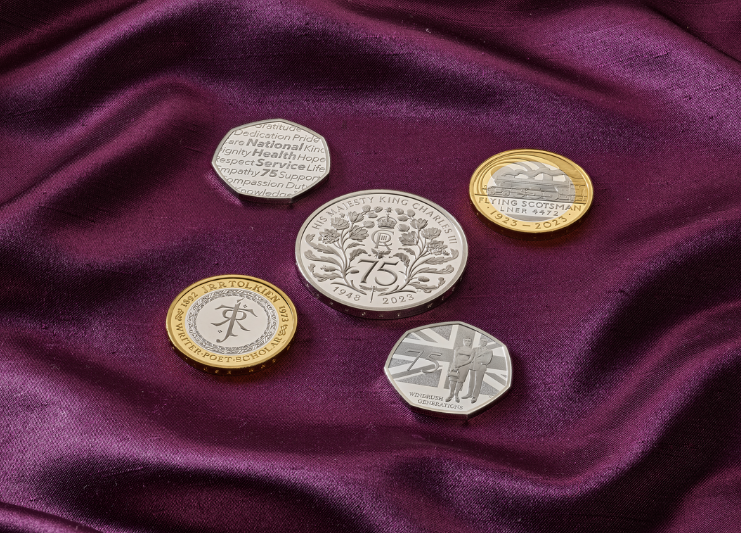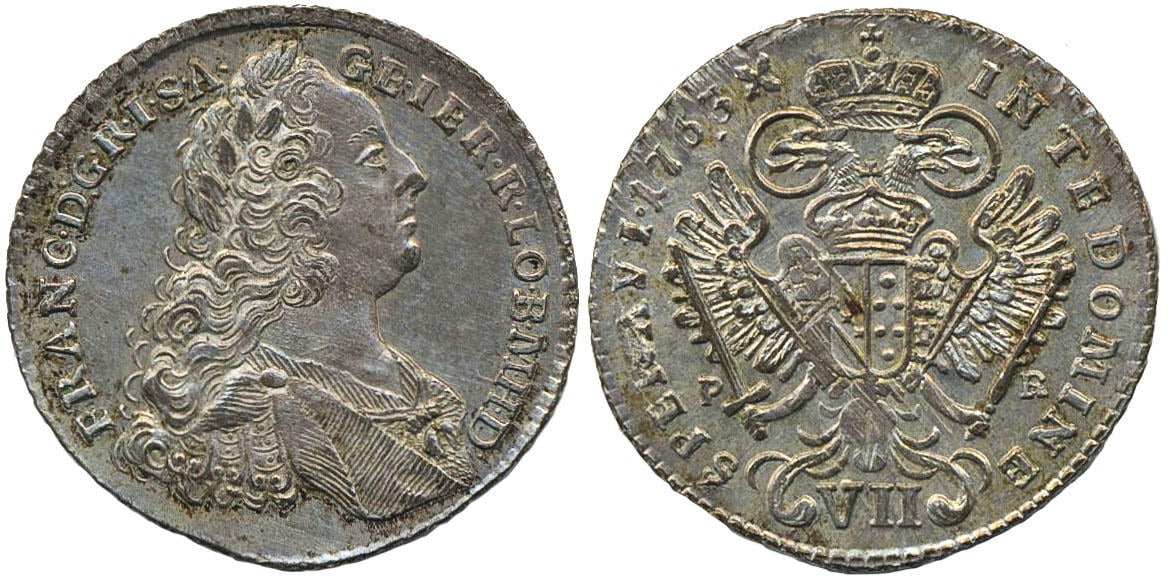Handy Reasons On Minting Czechoslovakia Medals
Wiki Article
How Is A Plaster Mold Created To Serve As An Initial Physical Representation For The Gold Medal Or Coin?
Gold coins or medal design is used as a reference for design by the designer or artist. The design could be developed either digitally or with graphics design software. It could also be a pencil sketch. It is also possible to use other materials, such as clay or wax.
Plaster preparation- Water is added to the plaster in order in order to make it usable. The mixture must be uniform without lumps to make a good mold.
The base is where the maquettes will be created. It is typically a wooden board, or a flat and solid surface.
The artist starts by making a model using the gold-colored design. This involves shaping the plaster to create the relief or three-dimensional image of the coin or medal.
Detailing and Refinement- The artist concentrates on adding more details, refining the contours, and ensuring accuracy in the dimensions and characteristics of the design. This phase requires the utmost precision and attention to the particulars.
Allowing time for the plaster to dry out and hardenWhen a sculpture is completed, it requires some time to dry and set. This allows the maquette hardening and keeping its shape.
Finishing and Smoothing - The maquette's surface is later polished and refined following drying to get rid of imperfections, bumps and rough areas.
Preservation and sealingThe sealant or the protective coating is applied on the maquette's surface to protect it and prepare it for future processes like molding or scanning.
The final plaster maquette represents the gold medal or coin design in a 3-D form. It serves as a physical guide to the next stage of production, such as digital reproduction, mold making to make mass production, or for artists to improve and visualize the concept prior to production. Take a look at the recommended Czechoslovakia gold medals plaster molds site tips. including 1972 gold dollar, hidilyn diaz, ancient coin, 1 0z gold, 100 grams gold biscuit, 50 pesos gold coin, buy gold silver, gold coins, 1oz gold, silver double eagle and more.

How Can Highly Skilled Engraving Artists Enhance The Design On Gold Medals And Coins?
Through the process of working on the die, or the working hub Highly skilled engravers are able to improve and refine the design of gold coins or medals. Their experience allows them to add intricate details and refine the design. See how they did this Evaluation of Working Hub.
Engravers look at the working hub, also known as a die, that is created by Janvier or master hub. They evaluate the quality of the transfer and depth.
Correction of imperfections
Engravers address any imperfections or imperfections in the design they transfer. They may employ precision tools to correct minor errors and adjust the depth or refine particular elements to ensure uniformity and accuracy.
Enhancing Details
Expert engravers make use of specific tools for engraving such as burins and pneumatic engraving equipment. They provide intricate details to designs. The engravers cut the surface of the hub to create intricate patterns, textures, words and intricate designs as required by the design.
Dimensional and Depth Improvement
Engravers alter design depths and shapes to give visual depth. The depth of the cut is altered to emphasize specific features and give an impression of texture.
Texture and final touches-
To improve the visual appeal, engravings can add textures or finishes in specific areas. Techniques like stippling and frosting to create different textures or effects.
Quality Control and Inspection
Engravers undergo regular inspections and checks throughout the engraving process in order to ensure the final design meets the requirements for precision, clarity and aesthetics.
Collaboration, artistic interpretation and collaboration
Engravers often work working in close collaboration with artists and designers in order to make sure that designs are correctly interpreted. The artistic skill of the engraving artist can enhance the design with subtle details.
The skills of skilled engravers is in their ability to work with metal surfaces using precision and artistic flair. Their attention and precision increases the quality, design and beauty of the gold medal or coin. View the best Czechoslovakia gold medal engravers website recommendations. including gold bullion gold, platinum coins, gold and silver dealers, congressional gold medal, gold coin gold, 50 dollar gold piece, gold bullion, 10 dollar gold coin, gold pieces for sale, gold coin values and more.

Why Is It Important To Hand Polish Dies For A Perfect Gold Coin Or Medal Surface?
Hand-polishing dies provide an even and smooth finish for gold coins as well as other medals. The smooth surfaces permit more accurate reproduction of delicate details and intricate features on the struck medals or coins.
A polished die improves the appearance of coins and medals. This improves the overall appearance and the quality of the final product.
Reduction of Wear and Tear - Polishing can reduce friction during the process of striking. The smooth surfaces of dies decrease the possibility of irregularities or defects on struck coins and medals.
Consistency when Striking. Hand-polished dummies provide a consistent strike surface and ensure uniformity in the process of coining. It is crucial to ensure the accuracy, depth and quality of a design on multiple award or coins.
Longevity of the Dies- Well-polished dies are less susceptible to damage or wear in the process of striking. They last longer and are more robust, which allows for larger strikes without sacrificing quality.
Accuracy and Precision: Hand polishing allows engravings to refine and fine-tune specific areas of the die. This ensures that all details are accurately reproduced on struck coins or medals. This level of precision contributes to the quality and accuracy of the final product.
Quality Control - The polishing process is an element of quality control. Examining the die during the process of hand polishing allows the identification and correction of any defects before striking.
Surface Finishing - Polishing imparts specific textures and finishes which enhance the appearance of your objects, or add unique features to struck coins and medals.
In the end, polishing hand-polished the gold dies and medals to perfection is crucial for creating high-quality, finished, and pleasing products. It's crucial for the appearance, uniformity and long-lasting quality of the final product. Check out the top rated hand polishing Prague Mint gold coins blog advice. including chinese coins, gold sovereign, gold medals michael phelps, platinum coins, gold 1 dollar coin, 50 pesos gold coin, old silver dollars, gold and silver bullion, gold silver coins, olympic gold medal and more.

How Do Gold Blanks Get Fed And Stamped With High Pressure Into Coin Presses During Minting?
In the process of coining Gold blanks are loaded into coin presses under extreme pressure. They are then stamped to make completed coins or medals. Here's the overview of steps involved in loading blanks.
A feeder system is connected to the coin press. This system loads gold blanks that have been prepared and checked for quality. This feeder system is accountable for maintaining an uninterrupted flow of blanks to the machine.
Feeding Blanks to the Press
This feeder system guarantees that each blank is positioned precisely in the chamber of stamping. This ensures accurate positioning of each stamping blank.
Alignment, Positioning and Positioning
The blanks will be placed in the press, and then placed in the striking room, making sure they are centered and perfectly oriented to perform the stamping.
Striking at High Pressure
The coin presses apply high pressure on the gold blanks by using two dies, one stationary and the other mobile. The stationary coin die gives negative images of the coin's design. The moving die acts as a hammer to hit the blank but the stationary die contains the positive impression.
The moving die transfers the design of the blank onto its surface with considerable force. The force generated by the dies imprints the design which creates the relief that is raised as well as specifics on the coin or medal.
Repetition Striking (Optional)Repeated Striking (Optional)
Multi-strikes can be used to create high-end coins and medals for example, like proofs or collectors' editions. The result is an improved and clearer appearance. Each strike improves the finer details on the outside of the coin.
Ejection and Collection
Following the press's operation, newly-minted coins or medals are released from the press onto trays or containers. The designs stamped on them are checked to determine if they meet specified standards.
Post-Processing-
Alongside edge lettering and reeding depending on the specifications of the design or the mint requirements, some coins or medals may undergo post-strike or other treatment.
The process of stamping under extreme pressure is vital in that it imparts the desired design on the gold blanks and transforms the blanks into finished pieces of gold ready for circulation, collection, or for commemoration. This process demands precision, as any variation in pressure or alignment can impact the appearance and quality of the final product. Take a look at the top rated minting Prague Mint gold coins site recommendations. including gold coins, olympic gold medal, gold bullion price today, gold coin price today, 2000 sacagawea, sell gold coins, gold quarter dollar, gold medals michael phelps, gold american eagle price, gold piece price and more.
